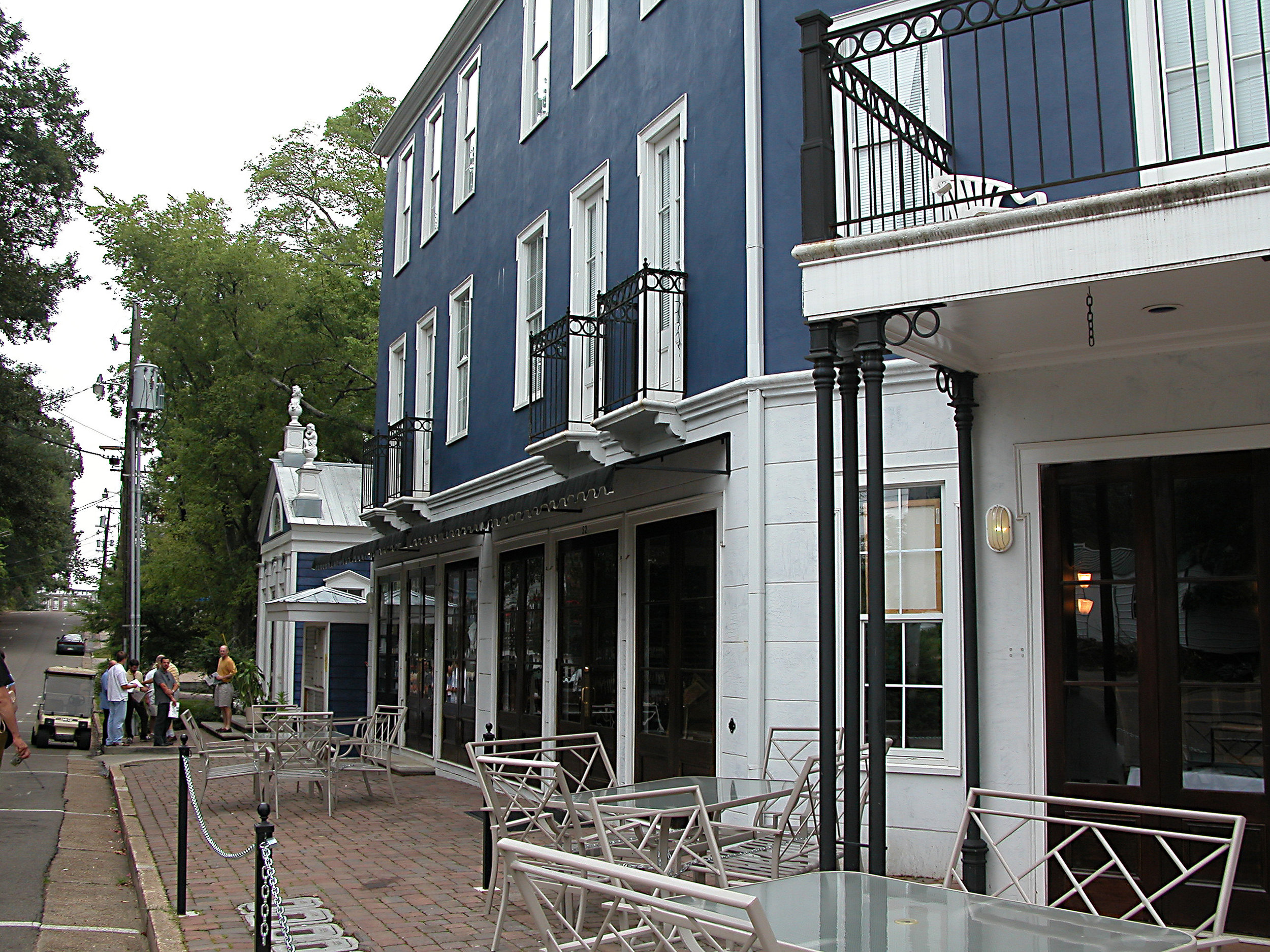I have had a numb er of conversation with people looking for ways to get developers to do things differently. My response is usually along the lines of don't tell them, show them. I end up sending emails like the one below connecting folks with resources, etc. I figured I may as well put this one up as a FaceBook Note.
er of conversation with people looking for ways to get developers to do things differently. My response is usually along the lines of don't tell them, show them. I end up sending emails like the one below connecting folks with resources, etc. I figured I may as well put this one up as a FaceBook Note.
I can send you the PDF's and links and other materials that have been circulating among the growing ranks of rookie small developer/builders. If you have an interest in pursuing this sort of enterprise, I encourage you to have a look at what the folks at Strong Towns are working on. www.strongtowns.org Chuck Marohn and Jim Kumon are serious about assembling content to help people become developers in their local communities. Most of what is up on the Strong Towns web site to date has to do with public sector decision making, but they have identified the need to cultivate new developers as a priority at their recent national meet up.
Here is a link to a podcast I did with Chuck last Spring:
Also, there will be a lot of developer content available as past of next April's meeting of the Congress for New Urbanism in Dallas. The CNU is my core network. I would be happy to introduce you around to other people on the rookie developer track.
There are also several videos from the last two gatherings up on You Tube:
The content presented in the CNU plenary sessions and the breakouts is good stuff, but I sincerely believe the greatest benefit of attending CNU is getting that collection of capable troublemakers in the same place at the same time.
Recapping our conversation, You asked are there better forms of community engagement that would benefit conventional developers? Technically yes, but it's like a chess puzzle where white can win in 5 moves and there is no defense possible by black. You just need to find the five moves. Because of the habits they find safe and familiar, conventional developers of single use sprawl are not going to be able to find the 5 moves that are right in front of them if they use both hands and a flashlight. Here's what I think they might do:
- Change the product, build mixed use, press for better transportation options, build dignified apartment buildings instead of apartment complexes that are dependant upon individuals having cars.
- Recognize the under-served market in one and two person households. If you can deliver apartments that appeal to single professional women, other market segments will come along. Recognize the big demographic changes that will play out in the next 15 years.
(See Arthur Nelson's excellent book on this topic) ----http://islandpress.org/reshaping-metropolitan-america
- Shift the scale of your projects to something that fits in the context of the neighborhood. 16-24 units at a time vs. 150 units.
- Build civilization, food & drink, groceries, services, and civic activity in the neighborhood as an amenity for your residents, instead of a pool and clubhouse nobody uses.
- Align your interests and the neighbors interests in a clean and safe stable place Engage you neighbors in any development project by working together to "make more pie" You will need their genuine trust and their help if you want to convince the elected officials and to fix the public infrastructure -the overly wide streets.
I don't want to discourage you, but most developers have been shaped by the habits of building sprawl to a point where they can't understand how to build walkable urbanism, how to build more incrementally, or how to work with neighbors and local advocates. Issues of scale really affect work in existing neighborhoods.
It is time to develop an entirely parallel system of small developer/builders. Maybe the old school local developers in your town can recognize the new opportunities and constraints, but it is more likely that they will keep doing what they have always done. Telling them all about a different way to build is an awful lot like showing a card trick to a golden retriever. (they appear quite attentive, but they really don't get it). There will be a very low return on brain damage you will need to invest trying to convince or reform their methods and culture. Better to cultivate a new generation of local developer/builders.
I think that the best public engagement practices cannot coerce reluctant developers to do excellent work under duress. If you want excellent building/rebuilding at a fine grain, that fits into the neighborhood, the developer's heart really needs to be in it. I really think you need new blood in the local development scene. Finding ways for the old school developers to do the wrong stuff more efficiently through new forms of public engagement is a waste of calories in my view. You could end up making the situation worse by raising the hopes and expectations of local residents and advocates and then disappointing them when the developers deliver a slightly different version of the same old crap.
So I recommend changing the goal, not just the tools available to people headed in the wrong direction.
For the best methodology I am aware of on public engagement I recommend that you check out the National Charrette Institute. They offer scholarships for the training from time to time. I recommend it without reservation.
The principles of the CNU Charter ---
http://www.cnu.org/charter and the process of running proper charrette are at the core how our firm works in design and development. I think they should be at the core of training a new cadre of developers.
Call or email if you need to follow up on your current paper. For a capstone project for your Masters degree, I would recommend a business plan for launching a small development enterprise in your home town. You clearly care a lot about the place. Do you think a couple of new developers could make a difference there?
 Reading Chris Nelson's book Reshaping Metropolitan America. Today the US has 31MM Single person households and 82MM households without kids. In 2030 these numbers are projected to be 45MM and 105MM respectively. Nelson describes the epic miss-match between the configuration, location and tenure of the existing US housing stock and the current demand. He lays out good arguments for why he thinks 75% of new housing delivered between now and 2030 need to be rental.
Reading Chris Nelson's book Reshaping Metropolitan America. Today the US has 31MM Single person households and 82MM households without kids. In 2030 these numbers are projected to be 45MM and 105MM respectively. Nelson describes the epic miss-match between the configuration, location and tenure of the existing US housing stock and the current demand. He lays out good arguments for why he thinks 75% of new housing delivered between now and 2030 need to be rental.

 er of conversation with people looking for ways to get developers to do things differently. My response is usually along the lines of don't tell them, show them. I end up sending emails like the one below connecting folks with resources, etc. I figured I may as well put this one up as a FaceBook Note.
er of conversation with people looking for ways to get developers to do things differently. My response is usually along the lines of don't tell them, show them. I end up sending emails like the one below connecting folks with resources, etc. I figured I may as well put this one up as a FaceBook Note.